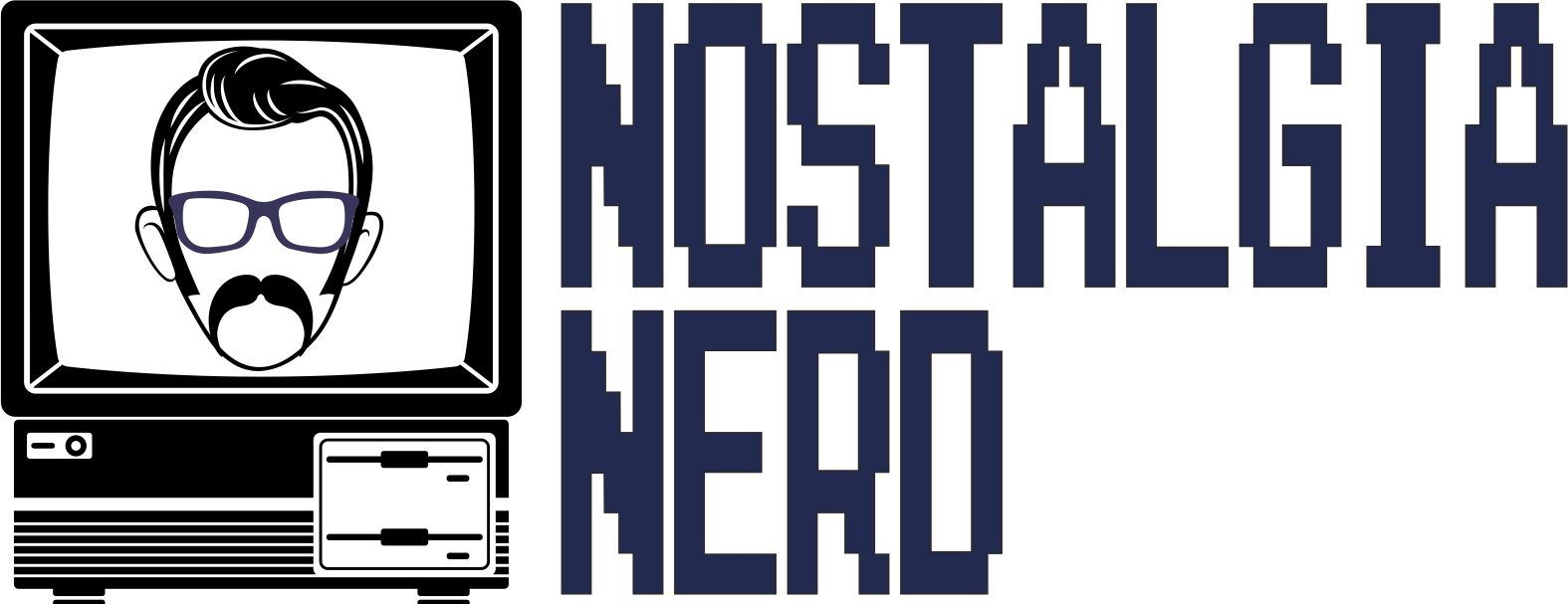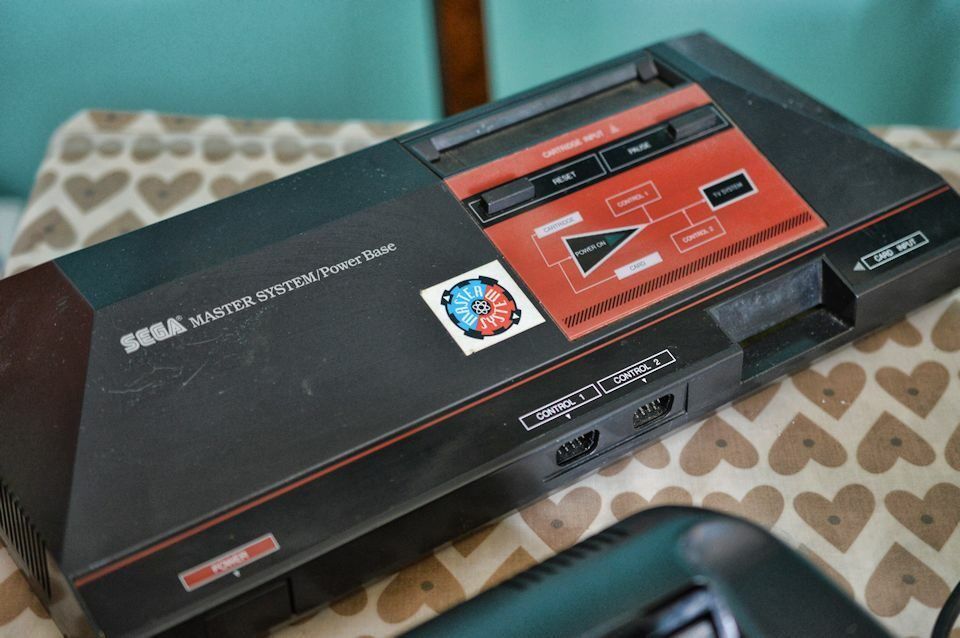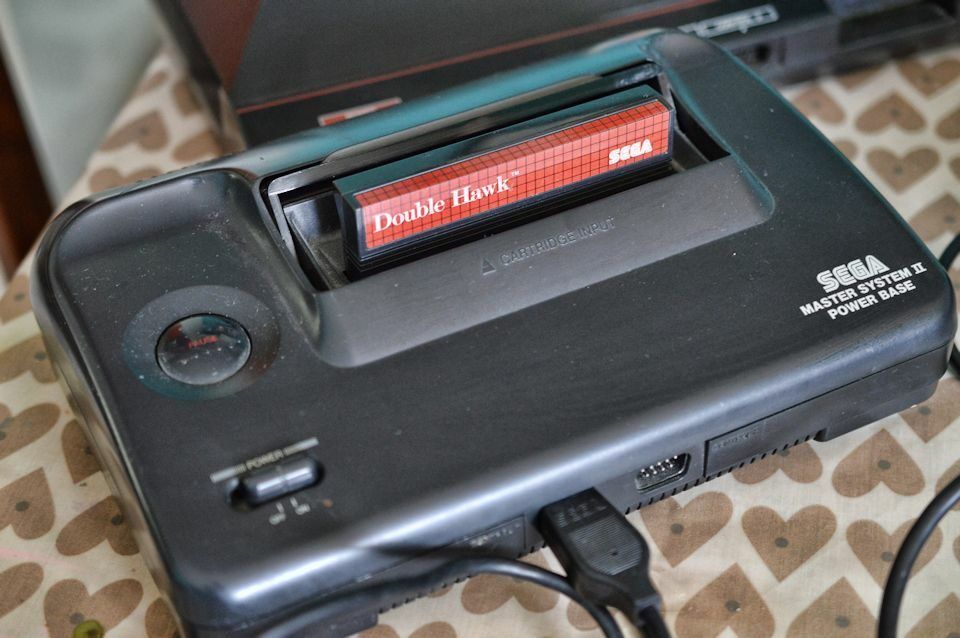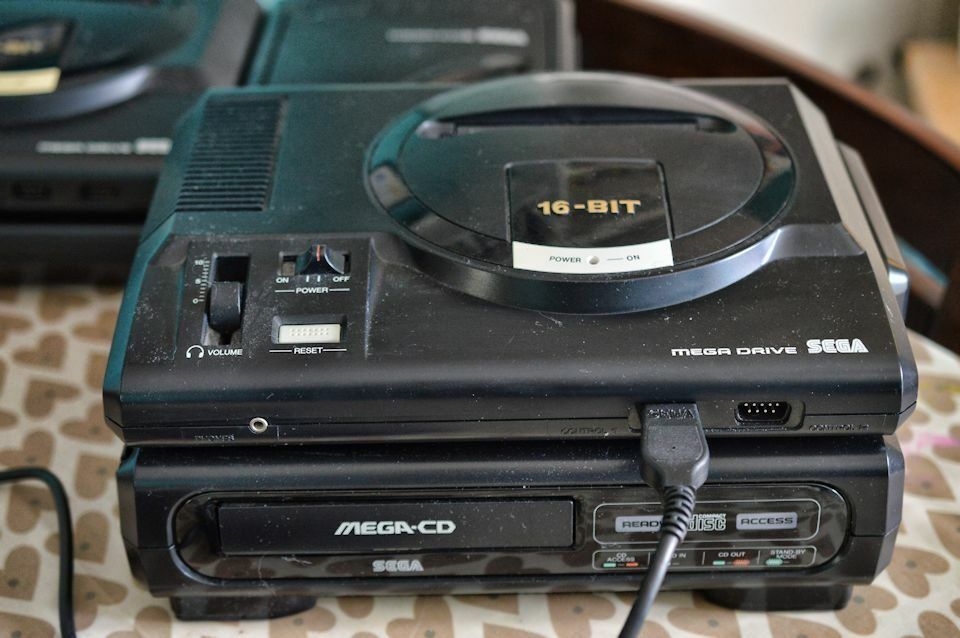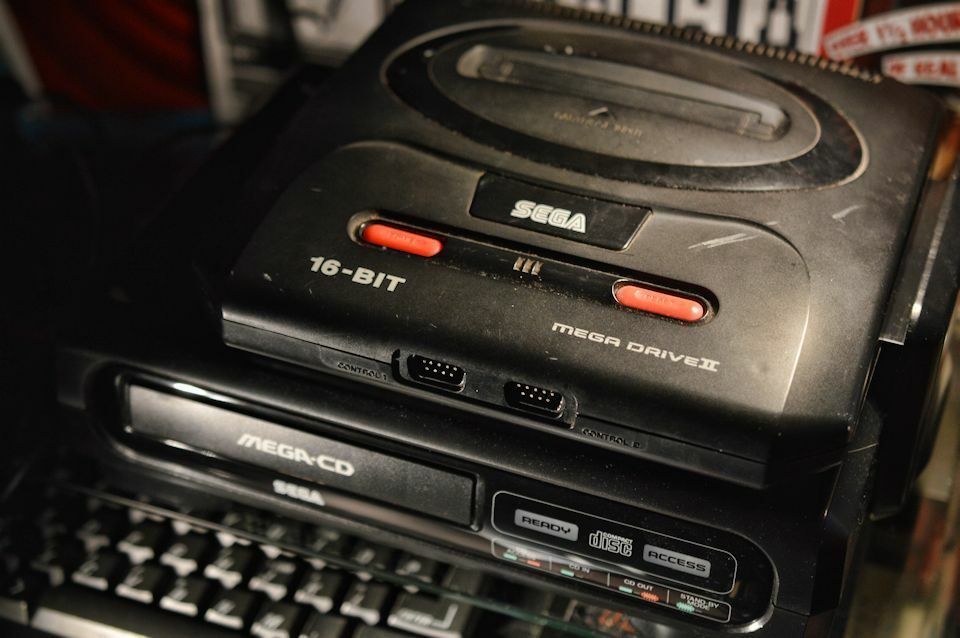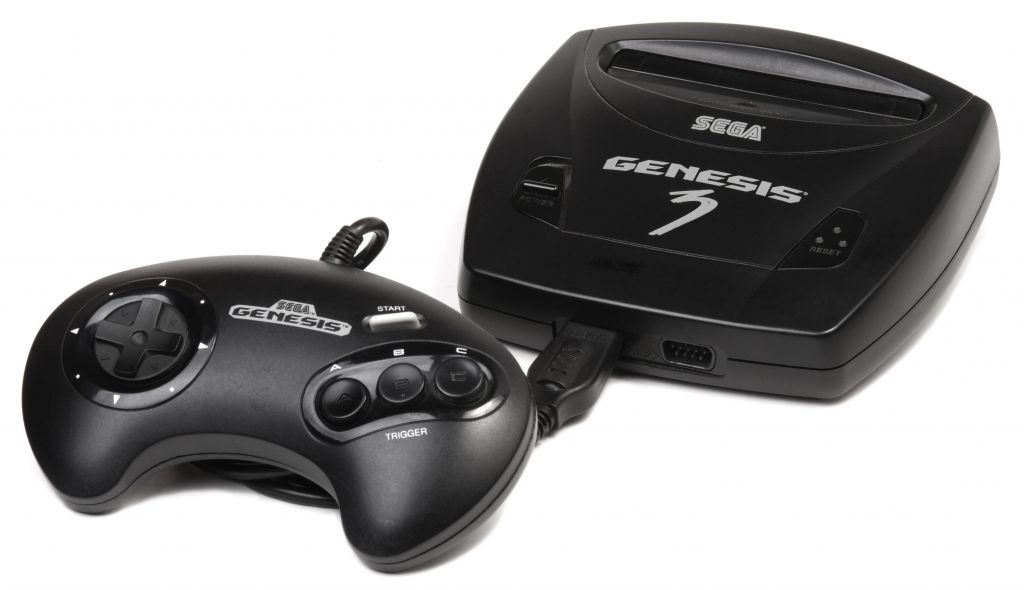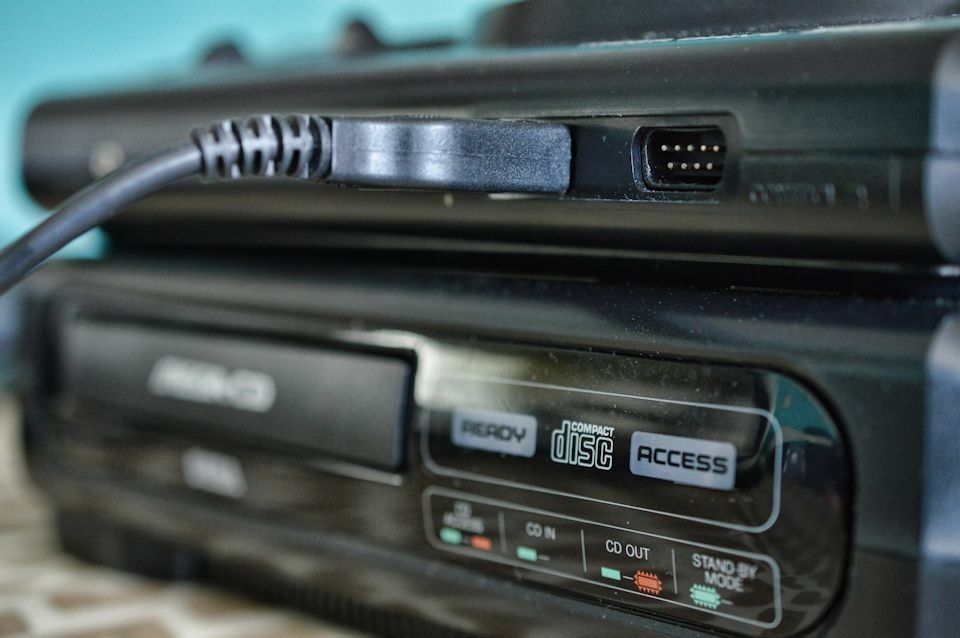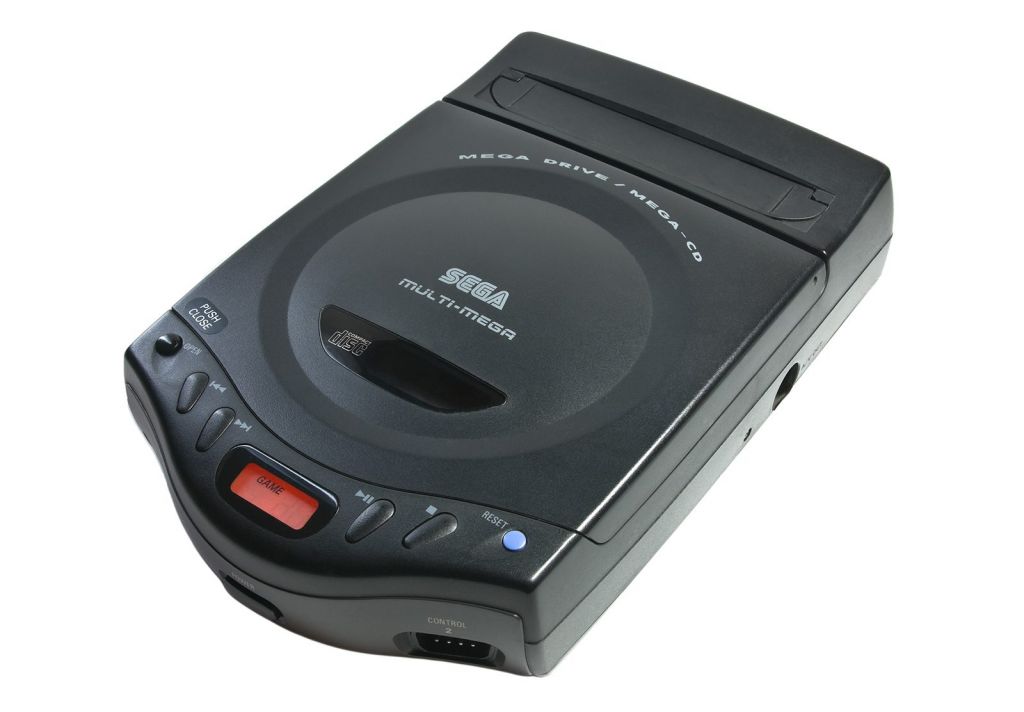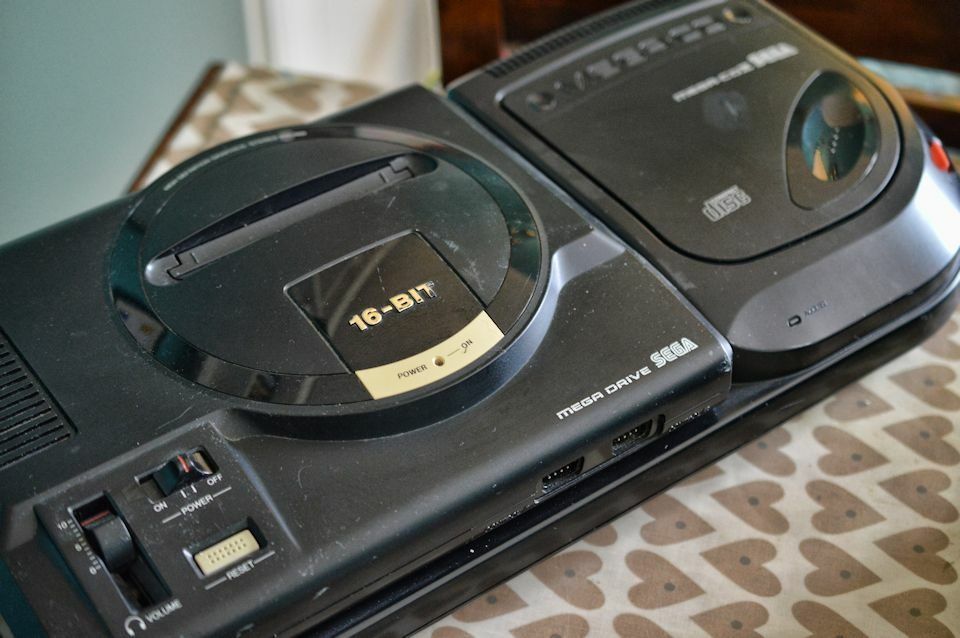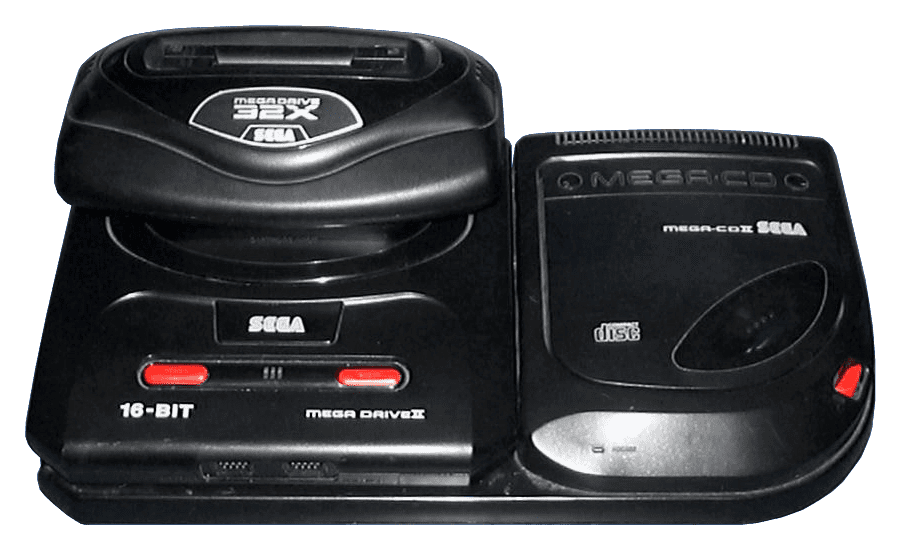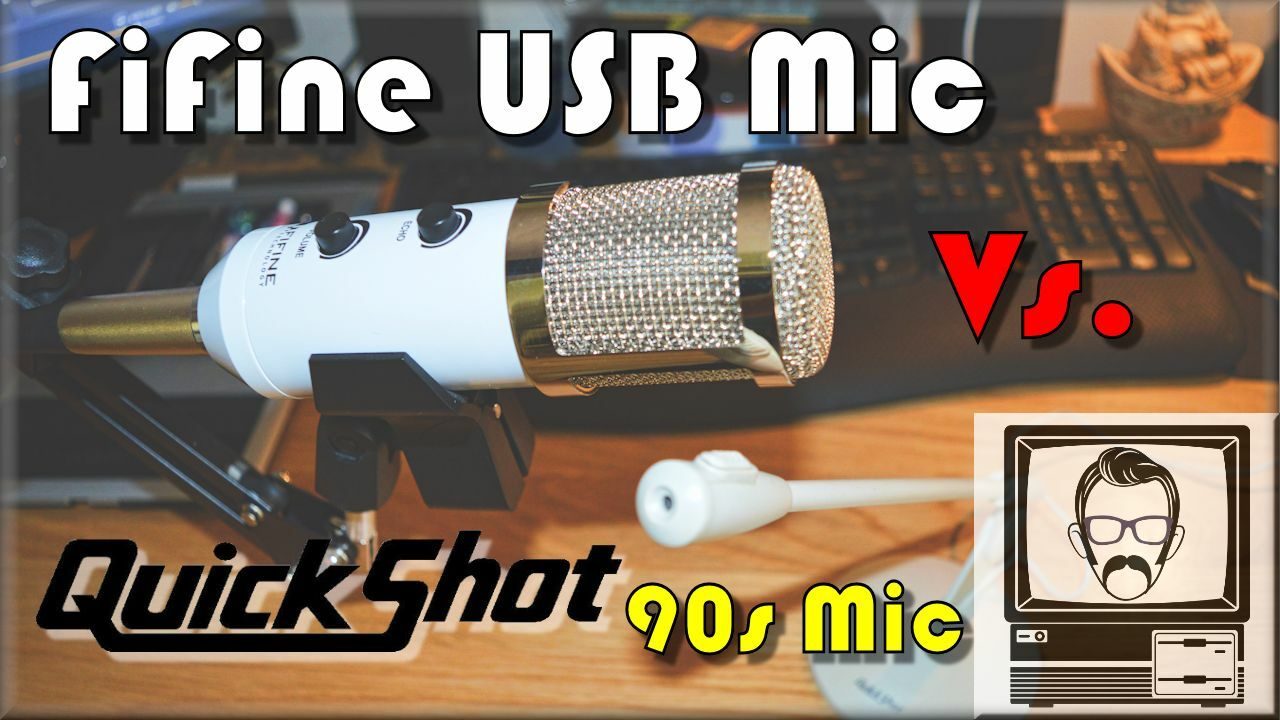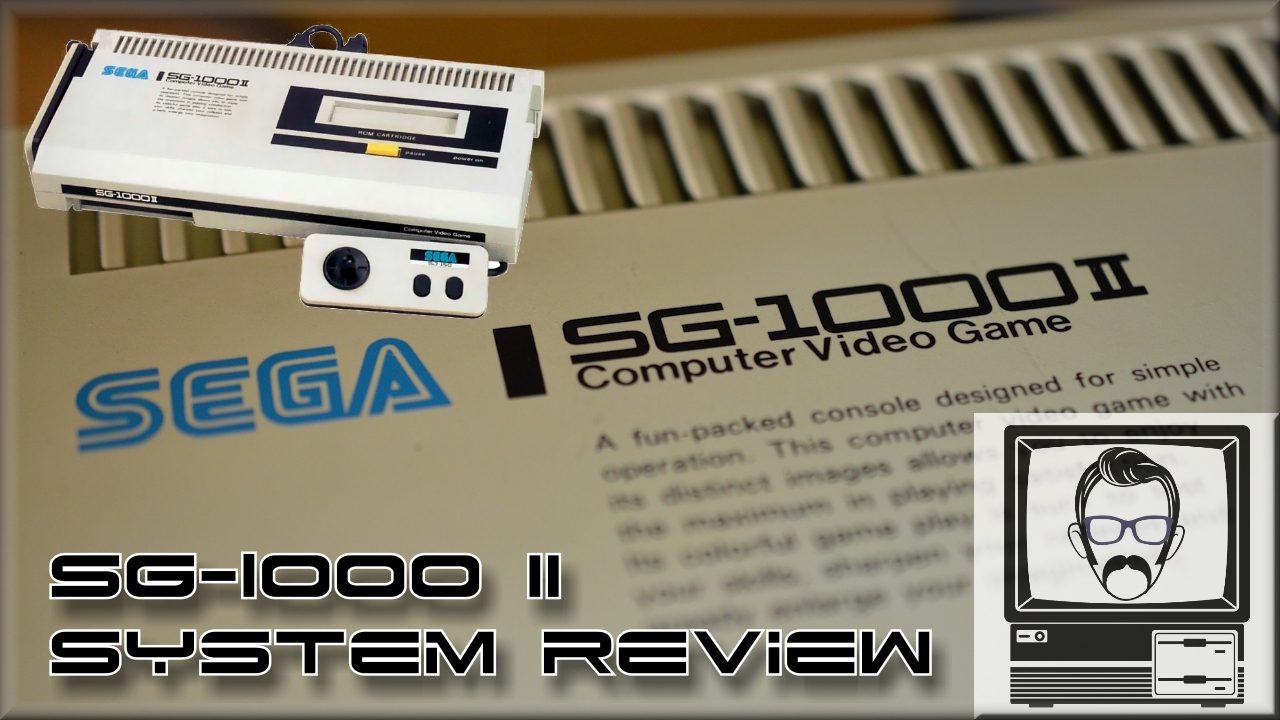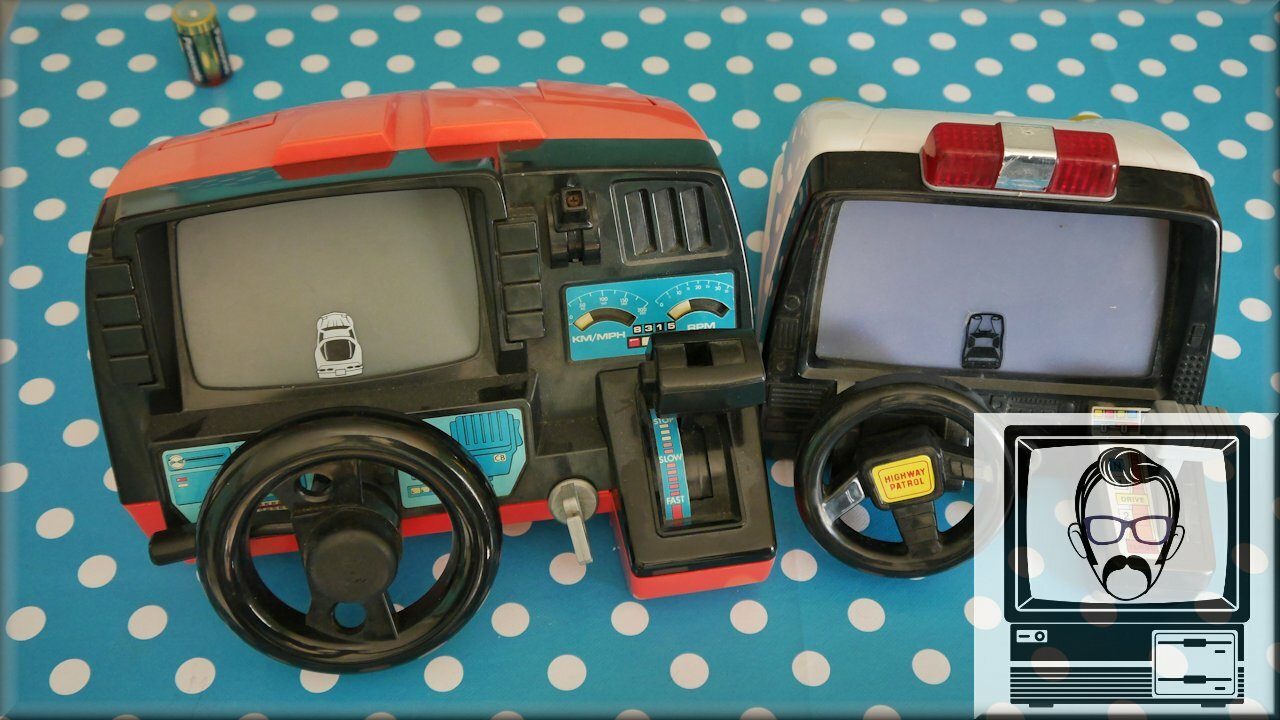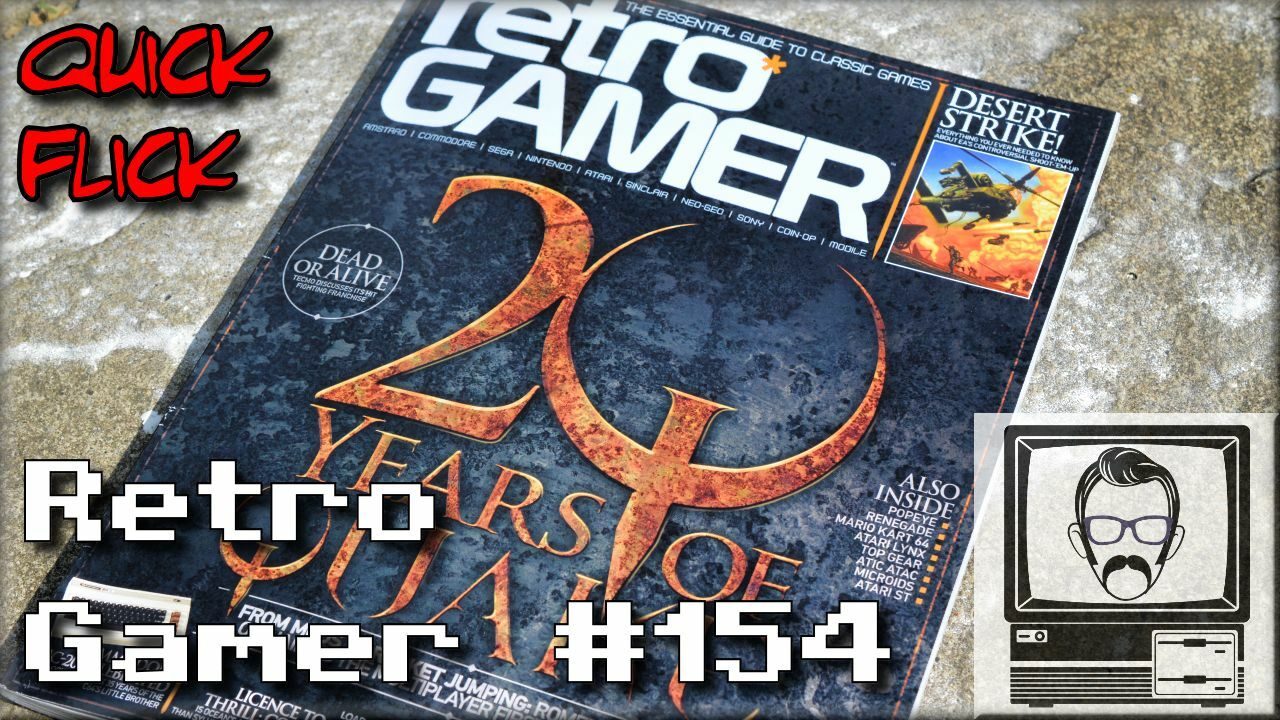Watch the Video
Ever notice how Sega got into a habit of revising their system designs half way through their life span. Nintendo didn’t, yet they’re still in the hardware game. Something to muse over. This video doesn’t do a lot of musing, I just discuss the various revisions of Master System, Mega Drive, Mega CD and even mention the 32X. Banzai!
If one thing stands out in my mind between Sega and Nintendo, it’s their completely different approaches to marketing. Sega was king of the revision, with Master System I & II, Megadrive I & II, Mega CD I & II and the 32X expansion – they loved to milk their hardware and squeeze every last customer and dime out of it. On the other hand Nintendo, might have issued different looking systems to different regions (so did Sega to an extent), but after that, they just pushed pretty much the same kit unit after unit, until they could replace it with an entirely new system.
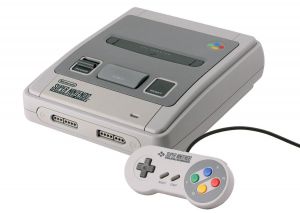 I think it’s that clarity in marketing which let Nintendo ultimately win out over the Sega vs. Nintendo battles. Sure, Sega managed to hit the nail on the head in the late 80’s with their Mega Drive marketing in much the same Sony would with the Playstation some 6 years later; both wiped the competition with a cooler, more grown up image and attention grabbing advertising to boot. Sega moved gaming from pre-teen to teenage, Sony simply just grabbed this stick and carried it in the Adult domain. But Nintendo have constantly carried the line of quality, ever confident in their games and hardware outings, and by building that recognisable brand, they have ultimately stood the test of time.
I think it’s that clarity in marketing which let Nintendo ultimately win out over the Sega vs. Nintendo battles. Sure, Sega managed to hit the nail on the head in the late 80’s with their Mega Drive marketing in much the same Sony would with the Playstation some 6 years later; both wiped the competition with a cooler, more grown up image and attention grabbing advertising to boot. Sega moved gaming from pre-teen to teenage, Sony simply just grabbed this stick and carried it in the Adult domain. But Nintendo have constantly carried the line of quality, ever confident in their games and hardware outings, and by building that recognisable brand, they have ultimately stood the test of time.
*Wii U*… Well… almost.
The Master System Years
Initially known as the Mark III in Japan, the Master System’s production spanned 1985 to 1992 in the US, with other markets like the UK and notably Brazil, continuing for longer. Selling over 10 million units, mostly in Europe; the platform began with the Master System I, initially featuring a secret built in “Snail Maze” game, but swiftly adding built-in versions of Hang On and Safari Hunt (for the lightgun). The second iteration initially bundled with Alex Kid in Miracle World, but changed to Sonic in 1992 after it’s placement as Sega’s mascot.
The Master System faired much better in Europe than it did in the States, with Nintendo having already conquered the 8 bit console market across the Atlantic by launching a year earlier and having several marketing ploys (Robbie Robot anyone?). In the UK the story was different, with Master System sales slightly outstripping the NES, resulting in some frankly, awesome European only games for the 8 bit Sega machine.
Version 1
The first system is a long, straight lined rectangular affair. It accepts both the original low capacity MS card format, as well as the familiar cartridge medium. On the back you get an RGB output & your standard RF. On the top of the machine you get a terribly 80’s image depicting the general setup process of this technical marvel, along with a power light and reset button.
Version 2
Released in 1990, this was primarily a cost cutting exercise by Sega, but they also sought to update the machine’s looks at the same time to appeal to new gamers, which it did, and sold reasonably well. The design splits people, but personally, I really like it, having owned one as a child and adorned it in stickers from weekly magazines at the time, it holds a special place in my heart.
The cost cutting measures included removing the RGB output, as 90% of households used RF at the time, and if they didn’t, they could. They also removed the power light, shrank the casing, rounded the edges and discarded the reset button. The Sega load up introduction was also removed.
Sega Mega Drive / Genesis
The Mega drive life spanned from 1988 to 1999 in most regions, selling a whopping 40 million machines worldwide, becoming the most successful system for Sega by a wide margin.
Version 1
In 1988, Sega landed their 16 bit behemoth on Japanese shores. Following with the Genesis release in 1989 for North American consumers – it was known as the Genesis in the States due to a storage device company called Mega Drive Systems inc. having rights to the name. Sega coupled the system with in your face advertising and the now familiar, black Sega casing in contrast to the light Nintendo colours. Sega had got into the 16 bit market before Nintendo and for the first, now older, gamers of the NES it was a natural progression.
The first version of the Mega Drive just looked cool. Dark coloured, a variety of switches to flick, press and glide, along with a sculpted controller featuring 3 main buttons! Alongside the advertising, Sega had hit the nail on the head. Nintendo came to the American & UK market in 1991 & 1992, with the SNES, but took it’s time to get a similar distribution level as Sega’s console.
Sega made several tweaks to the chipsets throughout the MKI’s life span, particularly around the sound output. In later versions of the MKI they did away with the “High Definition Graphics” text around the rim – because they removed the high definition graphics output – and fudged some internal changes by altering filters & replacing the Yamaha sound chip with an inferior model. This resulted with noticeably poorer sound quality than in the previous machines.
Version 2
The Mega Drive II followed in 1993, dragging over all the cost cuttings and disappointment of the later MKI models, and again Sega decided to “streamline” the looks of system, and cut a few bits out to generally make it just a little bit shitter, whilst also trying to strike appeal for gamers who hadn’t quite jumped on the 16-bit bandwagon.
As with the Master System II, things went missing; the headphone socket and it’s cool aesthetics were obliterated, the shell replaced with a more toy looking affair which might be easier to squeeze in your tv stand, but failing to win any awards outside of that. The RGB output was redesigned into a smaller connector, and the main board components were compacted into frankly, even lower quality parts.
Version 3
We don’t talk about this. It doesn’t really count as a Sega product.
Mega CD / Sega CD
Launching just in time for Christmas ’91; The Mega CD, known as the Sega CD in US of A, due to the 16 bit console losing it’s Mega monkier in that region, was an add on for Sega’s hardware, offering an extra 68000 chip, extra RAM and CD-ROM support. It sold approximately 3 million units before it was cancelled in 1996.
Version 1
The Mega CD was Sega’s first Frankenstein attempt to drag the 16 bit hardware into the upcoming CD-ROM era. And to be fair, the first edition looked pretty darn cool. Sitting underneath the Mega Drive, it gave the impression of an expensive component Hi-Fi system. The advertising was as edgy as ever, but due to the high price, the varying degree of quality software and the questionable capability improvements – for example, the tech was still limited to the Mega Drive‘s 64 on screen colour palette – it didn’t make as much dent in the market as it could have.
But it does look frickin’ cool.
Version 2
Launching at the same time, the Mega CD II suffered the similar design approach as the Mega Drive II. It looks shit. Gone is the Hi-Fi component look, instead offering an appealing “Just shove it on the side” look. Any space saving you might have encountered with the Mega Drive II are gone, as this add on is as wide as Henry 8th’s ass.
The cool front loading tray has been replaced by some crappy pop-up mechanism and it just oozes cheapness.
Despite it’s looks, the MKII is still compatible with the Mega Drive I by using this additional base plate, likewise the Mega CD I is compatible with the Mega Drive II. This knowledge wasn’t readily fed to the public and made clear when released however, so some sales were surely missed by people owning a Mega Drive I and not wanting to “upgrade” to get their hands on the Mega CD II.
There was also the Sega Multi Mega or CDX which combined the Mega Drive and CD into a smaller package, also usable as a CD player.
32X
Finally, I just wanted to talk about the 32X… although it only has 1 revision itself. It was yet another short term attempt of Sega to prolong it’s ageing hardware. Apparently waiting a new months for a proper Sega Saturn launch just wasn’t acceptable, so Sega of America decided to create this beast in late 1994, being discontinued in 1996. It sold less than 1 million units during that time.
Admittedly, the capability improvements it offered over the Mega Drive were quite admirable. A true 32 bit RISC CPU, more colours, some 3D capability and even the option to combine it with the Mega CD on some games! Which added a splash of colour or two for the few games made for this super niche market… others just looked the same. Also by this time, publishers were starting to incorporate new chips into game cartridges themselves, meaning the Mega Drive could be expanded on a game by game basis, without the need for expensive and cable heavy additional hardware.
Also, people knew the Saturn was coming, publishers knew the Saturn was coming and frankly it was just seen as a money making ploy, only appealing to desperate “bit chasers”. It probably did more damage for Sega than good, as it pulled some attention and resources away from the Saturn, but hey, lessons learnt.
Sega went on to produce the Dreamcast, which was way ahead of it’s time and a massively under-rated system. But by this point, Sony had grabbed firmly hold of the market and wasn’t letting go. Sega disappeared into hardware history.
But I tell you what, I still hold out hope that one day, they’ll come back.

Nostalgia Nerd is also known by the name Peter Leigh. They routinely make YouTube videos and then publish the scripts to those videos here. You can follow Nostalgia Nerd using the social links below.
